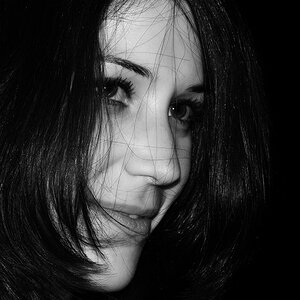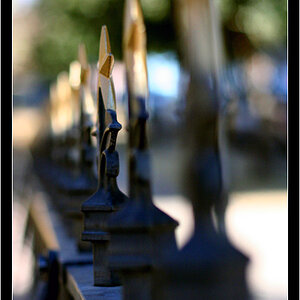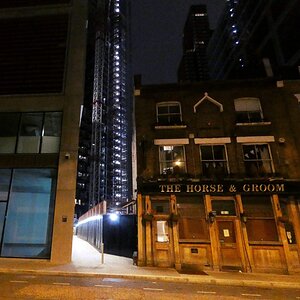Raizels
TPF Noob!
- Joined
- Apr 15, 2010
- Messages
- 486
- Reaction score
- 0
- Location
- Israel
- Can others edit my Photos
- Photos OK to edit
Hi,
When is post processing used? Sometimes the picture looks better without.
As a beginner I'm discovering tools to work with but I'm not always sure whn to use which tool.
When is post processing used? Sometimes the picture looks better without.
As a beginner I'm discovering tools to work with but I'm not always sure whn to use which tool.


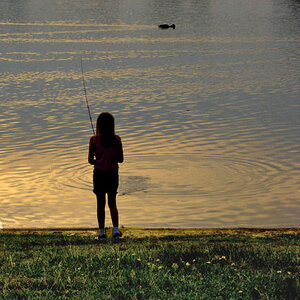

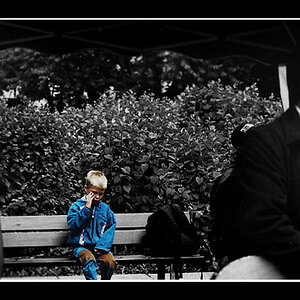
![[No title]](/data/xfmg/thumbnail/33/33030-2d80455c47ebf5f145e0bd5064267aea.jpg?1619735844)

![[No title]](/data/xfmg/thumbnail/35/35586-d552a369f369a1796256b9df897a8d91.jpg?1619737061)
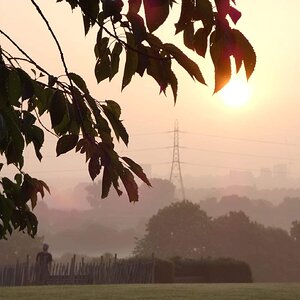
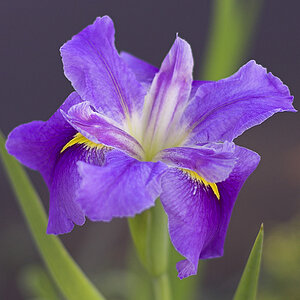
![[No title]](/data/xfmg/thumbnail/39/39471-60497f63216ffba784d91a339e9e917e.jpg?1619739043)
